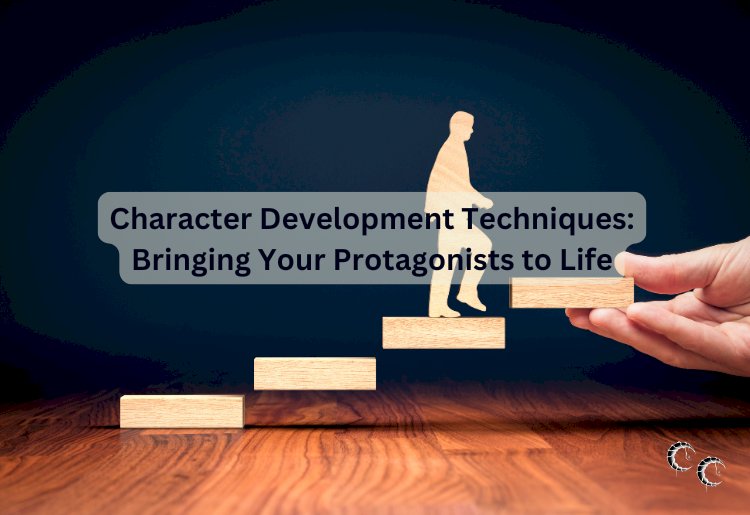Character Development Techniques: Bringing Your Protagonists to Life

Creating compelling protagonists is essential for any story. Readers are drawn to characters who feel real, who evolve throughout the narrative, and who resonate emotionally. Here are some techniques to develop your protagonists into vibrant, memorable figures:
1. Understand Their Backstory
A well-thought-out backstory gives depth and dimension to your protagonist.
- Why It Matters: A character’s history influences their motivations, fears, and decisions.
- Tips: Consider key events in their past, relationships that shaped them, and formative experiences. Write more than you reveal to create a sense of authenticity.
2. Define Their Goals and Motivations
Strong protagonists need clear objectives that drive the story forward.
- Why It Matters: Goals create conflict and stakes, making readers invest in the outcome.
- Tips: Think about what your protagonist wants (external goal) and why they want it (internal motivation).
3. Establish Flaws and Strengths
Perfect characters are unrelatable. Flaws make them human, while strengths make them admirable.
- Why It Matters: Flaws create opportunities for growth and conflicts to overcome.
- Tips: Balance strengths with weaknesses. A brave character might be reckless, or a kind character might be overly trusting.
4. Show Growth Through the Arc
Protagonists should evolve based on their experiences in the story.
- Why It Matters: A character who learns, changes, or overcomes something feels real and satisfying.
- Tips: Plan a clear arc—whether it’s redemption, self-discovery, or achieving balance. Ensure the growth feels earned and organic.
5. Create Distinct Voices
A character’s voice is shaped by their background, personality, and worldview.
- Why It Matters: A unique voice helps the protagonist stand out and feel authentic.
- Tips: Use their dialogue, thoughts, and actions to reflect their identity. Pay attention to speech patterns, vocabulary, and tone.
6. Focus on Relationships
How a protagonist interacts with others reveals their personality.
- Why It Matters: Relationships create emotional stakes and opportunities for growth.
- Tips: Develop meaningful dynamics—mentors, rivals, love interests, and allies. Show how these connections impact the protagonist.
7. Place Them in Conflict
Conflict is essential for revealing a character’s true nature.
- Why It Matters: The way protagonists respond to challenges shows their strengths, flaws, and resolve.
- Tips: Challenge their beliefs, force them to make tough decisions, and push them out of their comfort zones.
8. Give Them Unique Traits and Habits
Quirks and mannerisms make a character memorable and relatable.
- Why It Matters: Small details make characters stand out and feel like individuals.
- Tips: Add habits, preferences, or quirks that reflect their personality. For example, a nervous protagonist might bite their nails, or a meticulous one might arrange their desk obsessively.
9. Show, Don’t Tell
Reveal character traits through actions, dialogue, and choices rather than exposition.
- Why It Matters: Actions are more impactful and allow readers to form their impressions.
- Tips: Instead of saying “She was brave,” show her facing a fear or stepping into danger for someone else.
10. Empathize with Your Protagonist
Put yourself in their shoes to understand their perspective fully.
- Why It Matters: Empathy creates depth and ensures the character’s reactions feel genuine.
- Tips: Ask yourself how you would feel in their situation and consider their unique viewpoint, shaped by their past and personality.
Conclusion
Developing a well-rounded protagonist requires careful thought and attention to detail. By crafting their backstory, goals, and growth, and by placing them in meaningful relationships and conflicts, you can bring your characters to life. A memorable protagonist is one that readers can root for, relate to, and remember long after the story ends.





























